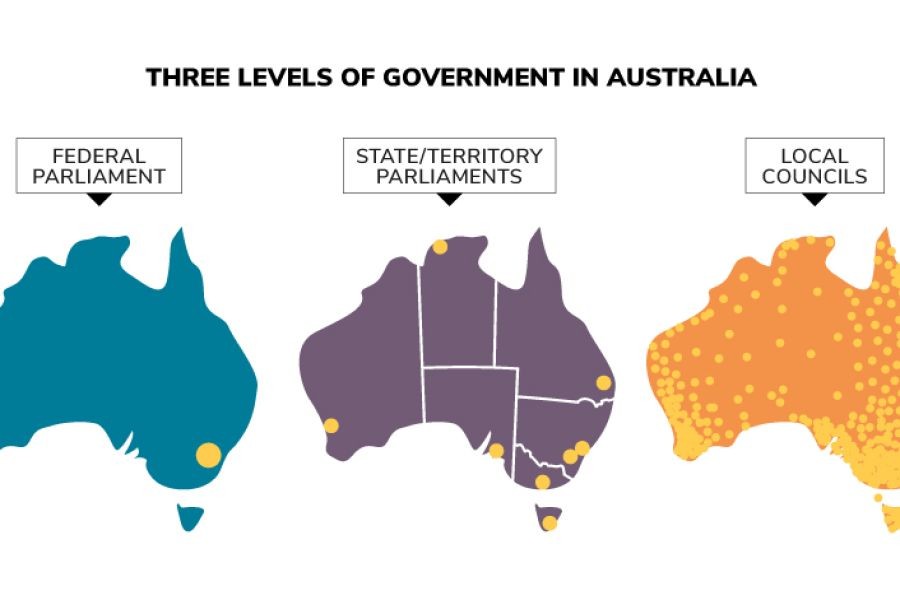The state of mental health care in Australia is a pressing concern, yet it often goes under-discussed. While Australia has made strides in increasing awareness and reducing stigma, there remains a significant gap between the demand for mental health services and their availability. This discrepancy not only affects individuals but also has broader implications for Australia's economy and social fabric.
Unveiling the Challenges in Australia's Mental Health System
While mental health awareness has grown, the Australian mental health system faces several systemic challenges. According to the Australian Bureau of Statistics (ABS), approximately 20% of Australians experience a mental health disorder in any given year. However, less than half of those affected receive adequate care. This gap in service delivery is exacerbated by inadequate funding, workforce shortages, and a lack of integration between mental health services and general healthcare.
The Economic Impact of Mental Health Issues
The economic implications of mental health disorders are profound. A report by the Productivity Commission highlights that mental illness costs the Australian economy between AUD 43 billion and AUD 51 billion annually in direct health system costs and lost productivity. This includes absenteeism, presenteeism, and the cost of informal care. With such substantial economic ramifications, addressing mental health is not only a social imperative but also an economic necessity.
Case Study: The Integration of Mental Health Services in Victoria
Case Study: Victoria's Mental Health Reform – Bridging the Gap
Problem:
The state of Victoria faced a critical shortage in mental health services, with long wait times and inadequate support for patients transitioning between different care levels. The Royal Commission into Victoria's Mental Health System found that the system was "broken" and unable to meet the needs of many Victorians.
Action:
In response, the Victorian government committed to a comprehensive reform of its mental health services. This included an AUD 3.8 billion investment over four years to increase workforce capacity, establish new mental health facilities, and integrate mental health services with primary healthcare.
Result:
Within two years, Victoria saw a 25% increase in access to mental health services and a significant reduction in wait times. The integration with primary healthcare improved patient outcomes by ensuring continuous care, reducing hospital admissions related to mental health crises by 15%.
Takeaway:
Victoria's approach underscores the importance of investment and integration in mental health care. Other Australian states can draw lessons from Victoria's reforms to enhance their mental health systems and improve patient outcomes.
Myths and Realities: Common Misconceptions About Mental Health in Australia
- Myth: "Mental health issues are rare and affect only a small portion of the population." Reality: The ABS reports that one in five Australians will experience a mental health disorder in any year, highlighting the widespread nature of these issues.
- Myth: "Mental health treatment is a one-size-fits-all solution." Reality: Effective mental health treatment requires personalized approaches, as individuals respond differently to various therapies and medications.
- Myth: "Only psychiatrists can provide effective mental health care." Reality: A multidisciplinary approach involving psychologists, counselors, and general practitioners is often most effective in managing mental health disorders.
The Future of Mental Health Care in Australia
Looking ahead, the future of mental health care in Australia will likely involve greater integration of digital health technologies. Telehealth services, which saw a 120% increase in uptake since 2020 (Source: ABS, 2024), offer a promising avenue to improve access to care, particularly in rural and remote areas. However, this will require continued investment in digital infrastructure and training for healthcare professionals.
Furthermore, policy changes are expected to focus on preventative care and early intervention, which can mitigate the long-term impacts of mental health disorders and reduce economic costs. The National Mental Health Commission's strategic plan aims to enhance community-based care and support initiatives that promote mental well-being from a young age.
Conclusion
Australia's mental health system is at a crossroads. While challenges remain, there is an opportunity to transform the system through strategic investments, policy reform, and innovation. By prioritizing mental health, Australia can not only improve individual well-being but also bolster economic productivity and social cohesion. What steps do you believe are necessary to address these challenges effectively? Share your insights and join the conversation.
People Also Ask (FAQ)
How does mental health impact businesses in Australia?
Mental health issues lead to significant productivity losses, costing the economy AUD 43-51 billion annually in direct and indirect costs, according to the Productivity Commission.
What are the biggest misconceptions about mental health?
One common myth is that mental health issues are rare. However, the ABS reports that one in five Australians experience a mental health disorder each year.
What are the best strategies for improving mental health care in Australia?
Experts recommend increasing funding, integrating services with primary healthcare, and leveraging digital health technologies to improve access and outcomes.
Related Search Queries
- Australia mental health system challenges
- Impact of mental health on economy Australia
- Future of mental health care in Australia
- Victoria mental health reform case study
- Telehealth mental health services Australia































GerardoBro
6 months ago